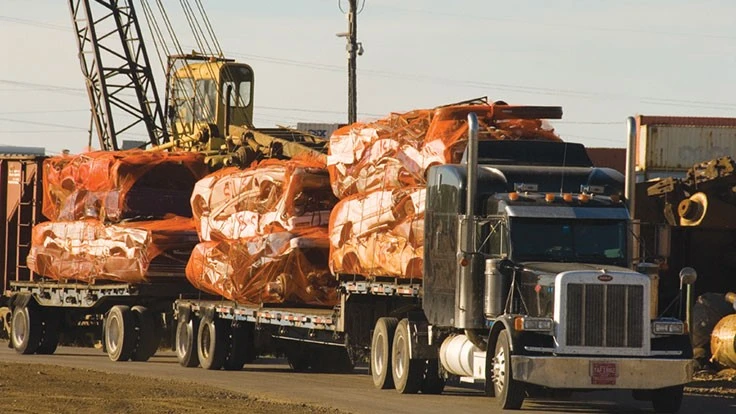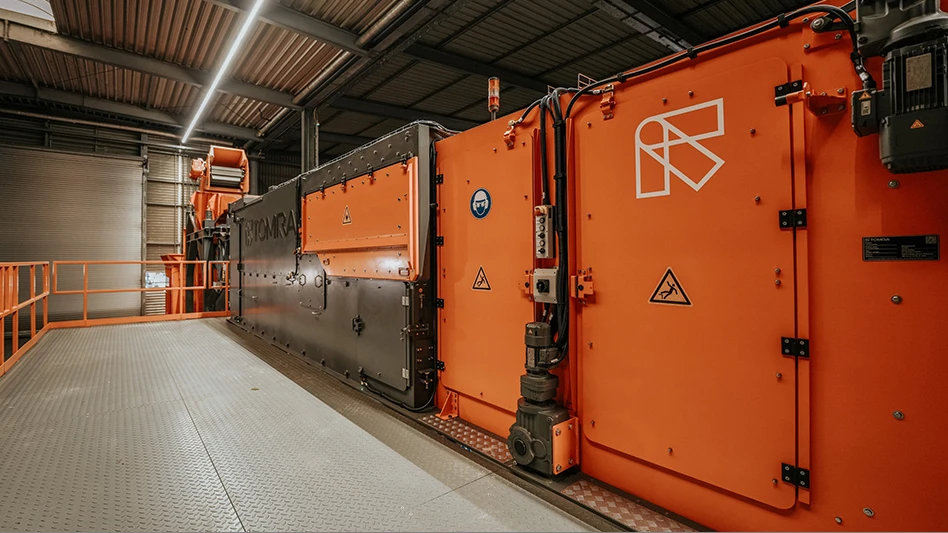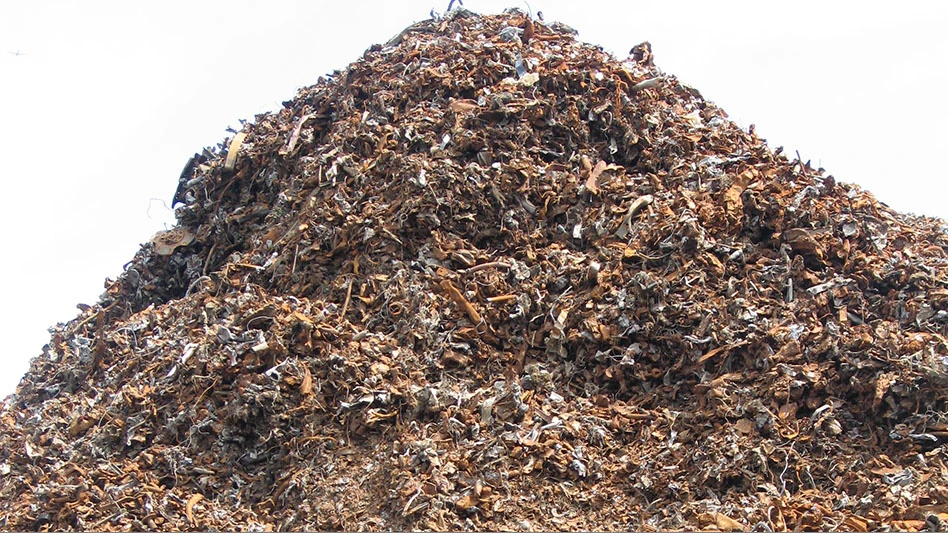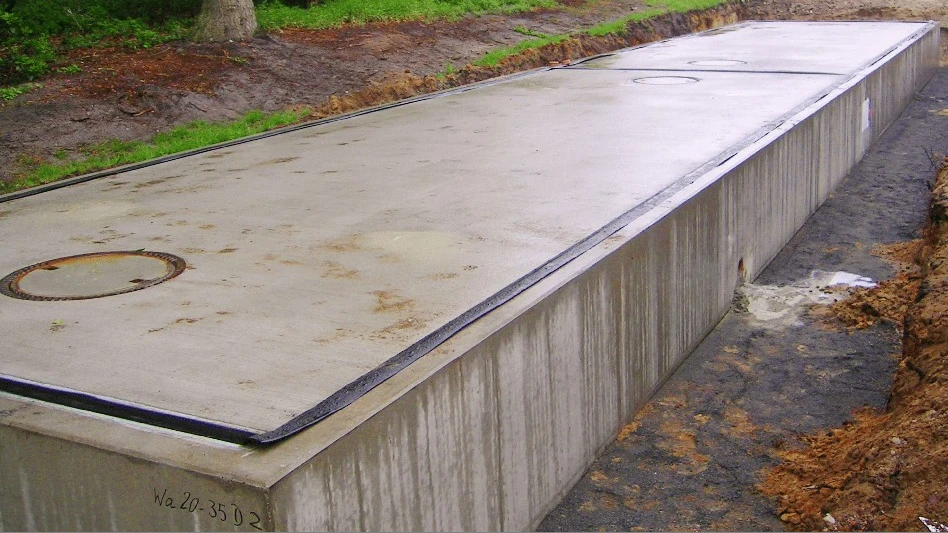
Schnitzer Steel Industries Inc.
Schnitzer Steel Industries Inc., Portland, Oregon, has reported earnings per share from continuing operations of 46 cents and adjusted earnings per share of 48 cents for its second quarter of fiscal 2019, which ended Feb. 28, 2019. This compares with reported and adjusted earnings per share from continuing operations of 57 cents and 58 cents, respectively, for the first quarter of fiscal 2019 and reported and adjusted earnings per share from continuing operations in the second quarter of fiscal 2018 of $1.42, which included discrete tax benefits of 52 cents per share.
The company says
Schnitzer’s Cascade Steel and Scrap (CSS) segment achieved
“Our team delivered a strong second-quarter performance in a challenging environment that reflected declining prices for scrap during the winter months and severe weather in our West Coast and Pacific Northwest markets,” says Tamara Lundgren, Schnitzer president
She adds, “Looking forward, we remain focused on the execution of our productivity initiatives and our capital investment strategy to support our objectives of lowering processing costs, increasing recovery rates, and further developing products to meet our customers’ needs.”
Schnitzer reports that its ferrous sales volumes in the second quarter decreased 4 percent compared with the prior year’s second quarter and 7 percent sequentially, primarily because of the adverse impact on supply flows from severe weather conditions and the lower price environment. However, nonferrous sales volumes were 9 percent higher compared with the prior year’s second quarter, which the company attributes primarily to the timing of shipments. Nonferrous sales volumes were 8 percent lower compared with the first quarter of fiscal 2019 largely because of the lower supply flows.
Export customers accounted for 60 percent of Schnitzer’s total ferrous sales volumes. The company says it shipped its products, including ferrous and nonferrous, to 22 countries in the second quarter of fiscal 2019. Bangladesh, South Korea
Schnitzer’s average ferrous net selling prices decreased $27 per ton, or 9 percent, compared with the prior year’s second quarter and decreased $19 per ton, or 6 percent, sequentially. Average nonferrous net selling prices decreased 19 percent compared with the second quarter of fiscal 2018 and decreased 2 percent sequentially.
Schnitzer reports that its operating income was $22 million in the second quarter, which was $1 million, or 6 percent, less than in the first quarter of fiscal 2019 and $23 million, or 52 percent, less compared with the second quarter of fiscal 2018. Operating income per ferrous ton of $25 was consistent sequentially and represented a decrease of $25 per ton, or 50 percent, from the prior year’s second quarter, the company says.
Sequentially, the company says AMR’s performance reflected additional benefits from productivity initiatives and reduced SG&A expense, including lower incentive compensation accruals, which substantially offset seasonally lower sales volumes and retail sales. Year-over-year margin compression resulted primarily from the decline in net selling prices for nonferrous and ferrous products, which outpaced the reduction in purchase costs for raw materials, partially offset by the benefits from productivity initiatives and lower SG&A expense. Second quarter operating results include an adverse impact from average inventory accounting of $1 million compared with a benefit of $4 million in the second quarter of fiscal 2018 and an immaterial impact in the first quarter of fiscal 2019.
In its CSS business, finished steel sales volumes in the second quarter were 25 percent lower year over year and down 21 percent sequentially, primarily because of weather-related construction delays in its West Coast. Recycling revenues declined significantly year-over-year and sequentially as a result of lower ferrous export sales and selling prices.
Average net selling prices for finished steel products increased 19 percent from the prior year’s second quarter, Schnitzer says, reflecting reduced pressure from steel imports and higher costs of steelmaking raw materials and other consumables. Average net selling prices decreased 1 percent sequentially primarily because of the regional sales mix.
CSS operating income for the second quarter of fiscal 2019 was $6 million, an improvement from the prior year’s second quarter. The improved year-over-year performance reflected
In the second quarter of fiscal 2019, consolidated financial performance included corporate expense of $8 million, a decrease of $9 million from the prior year’s second quarter and a decrease of $4 million sequentially, driven primarily by lower incentive compensation accruals and, compared with the prior year, lower legal and professional services expenses.
Schnitzer says it made progress implementing and executing productivity initiatives targeting $35 million in benefits announced earlier in fiscal 2019. Consolidated results in the second quarter of fiscal 2019 reflected approximately $9 million in benefits from these measures, of which approximately $7 million were achieved by AMR and the remainder by CSS and corporate. The company says it expects to achieve at least 75 percent of the total targeted benefits in fiscal 2019, with the full amount expected to be achieved in fiscal 2020.
The second quarter of fiscal 2019 reflected
Pursuant to its ongoing authorized share repurchase program, during the second quarter, Schnitzer says it repurchased approximately 263,000 shares, or almost 1 percent, of its Class A common stock in open market transactions. It also returned capital to shareholders through its 100th consecutive quarterly dividend.
Latest from Recycling Today
- Elemental Holding secures European funding
- BCA subsidiary offers EV battery pack shredder
- Europe’s paper and board industry rebounds in 2024
- Europe’s WEEE regulations might need a rethink
- Call2Recycle Canada reports battery recycling increase in 2024
- Minnesota selects Circular Action Alliance as PRO
- GIC launches automotive plastics circularity pilot
- Hydro grows postconsumer scrap use in 2024





